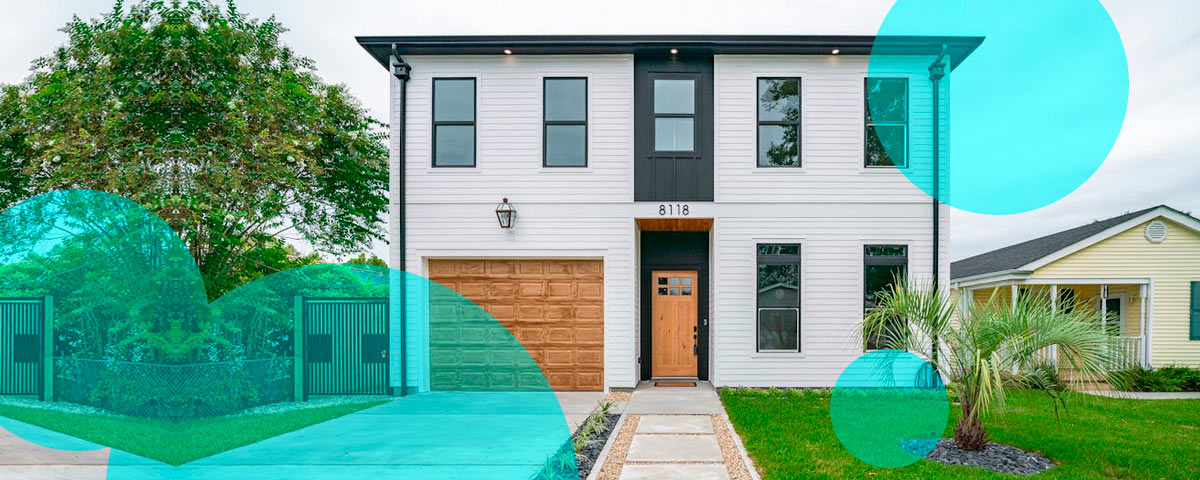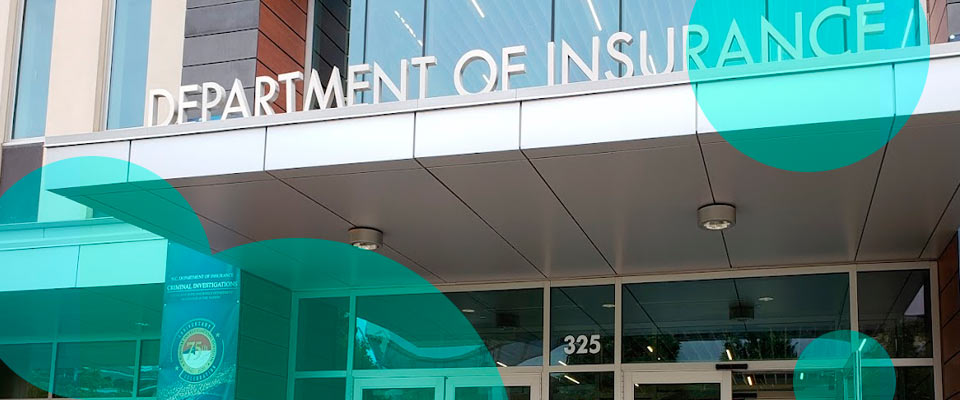A new University of Alabama study shows that homes built to Insurance Institute for Business and Home Safety (IBHS) fortified standards cut claims severity by 15%–40% and reduce loss frequency by at least 55%.
The research, commissioned by the Alabama Department of Insurance, is the first large-scale analysis of how the standards perform during real-world weather events.
Researchers examined claims data from 88 insurers tied to Hurricane Sally, the 2020 storm that provided the first major test of fortified construction against Category 2 winds and heavy rainfall. Results show that the combined drop in frequency and severity lowered policyholder deductibles by more than 60%.
Alabama launched its home-hardening program in 2021, and regulators nationwide now view it as the most effective mitigation model. To date, 53,000 homes in the state carry IBHS certification.
The fortified system exceeded every expectation and proved that mitigation works in real-world conditions.
Commissioner Mark Fowler
The program’s impact is extending beyond Alabama. In Louisiana, homeowners with fortified roofs saw average annual premiums fall 22%, according to a March 2025 report from the Louisiana Legislative Auditor.
Former Commissioner Jim Donelon credited Alabama’s success for influencing the launch of Louisiana’s initiative in 2023.
Neighboring Mississippi has not followed. Commissioner Mike Chaney said political opposition stalled the state’s home-hardening program, making it the only coastal state without one.
“That’s not just disappointing, it’s dangerous,” Chaney told residents in July, warning of higher long-term costs for homeowners.
Oklahoma, meanwhile, is pressing forward. Commissioner Glen Mulready has promoted the Strengthen Oklahoma Homes program by citing Alabama’s data as proof of market benefits.
The state offers $10,000 grants to help residents retrofit homes to approved fortified standards. The Department of Insurance recently opened the third and final phase of its pilot, which targets select ZIP codes.









